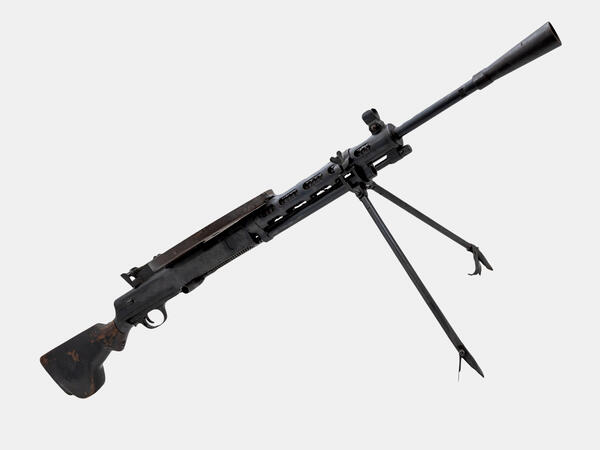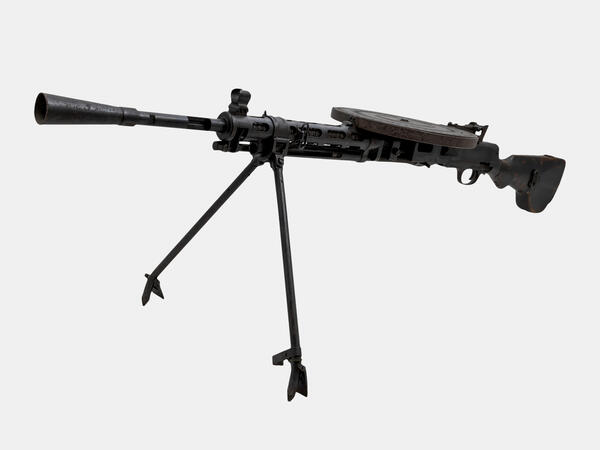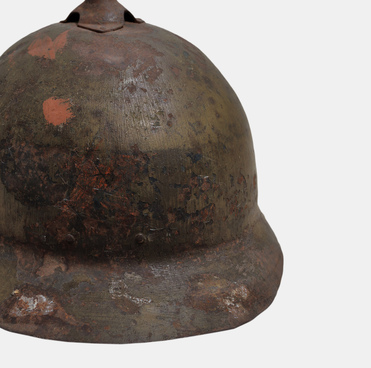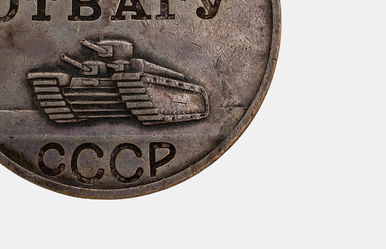The DP-27 light machine gun became one of the first models of small arms developed in the USSR. The machine gun was used as the main weapon of fire support platoons and companies until the end of the Great Patriotic War.
The weapons designer Vasily Alekseyevich Degtyaryov began developing his own model of a light machine gun in 1923.
In 1926, the working model of the Degtyaryov machine gun, chambered in a 7.62×54mm, was submitted for testing. It performed very well. Hence, at the beginning of the following year the machine gun was adopted by the Red Army under the designation DP-27 (“Degtyaryov infantry machine gun, model of 1927”).
Red Army soldiers quickly grew fond of the DP-27 light machine gun. Soon, it became the main automatic weapon of rifle divisions. During the Second World War, it lost its coveted position only to the Shpagin submachine gun (PPSh-41). By 1945, it was the third most mass-produced gun after the Mosin rifle and PPSh-41.
Several design features made it possible to significantly reduce the size of the receiver compared to other machine guns of that time. Those included the successful design of the system of operation, the bolt with two locking flaps and the magazine that fed rounds directly into the chamber.
The DP-27 (excluding the magazine) was the lightest gun among all domestic and foreign analogs known at that time.
The gun was gas-operated: high-pressure gas from the cartridge being fired was used to cycle the action after each shot. In addition, the gun had a flapper locking system: the firing pin pushed two locking flaps out.
The striker-type trigger mechanism allowed firing only in bursts.
To give additional stability to the machine gun when firing, a bipod was fixed on the barrel shroud. It was folded when on the move. To reduce visible signature while firing, a cone-shaped flash suppressor was screwed onto the muzzle.
The disc-shaped pan magazine fed bullets into the chamber: cartridges faced inward.
After the adoption of the DP machine gun, the
British Lewis machine guns of the 1915 model, which had previously been in
service with the Red Army, were gradually replaced and sent to warehouses.
However, at critical moments of the Great Patriotic War, separate military
units were forced to use the Lewis guns, like many other outdated weapons.




